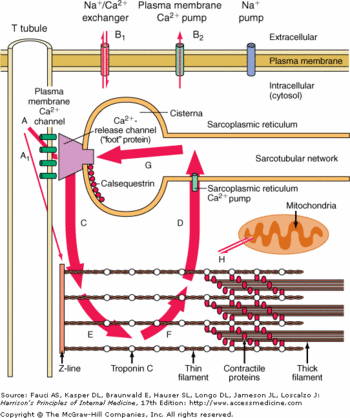Sandbox Reserved 820
From Proteopedia
| Line 19: | Line 19: | ||
=== General Structure === | === General Structure === | ||
There are <scene name='56/568018/Alpha_helix/1'>12 alpha helix</scene> and <scene name='56/568018/Beta_sheet/2'>15 beta sheet</scene>. | There are <scene name='56/568018/Alpha_helix/1'>12 alpha helix</scene> and <scene name='56/568018/Beta_sheet/2'>15 beta sheet</scene>. | ||
| - | <scene name='56/568018/Acidic_amino_acids/1'>The acidics amino acids</scene> can bind the Ca2+ especially the <scene name='56/568018/Glu/1'>glutamate</scene> and the <scene name='56/568018/Asp/ | + | <scene name='56/568018/Acidic_amino_acids/1'>The acidics amino acids</scene> can bind the Ca2+ especially the <scene name='56/568018/Glu/1'>glutamate</scene> and the <scene name='56/568018/Asp/2'>aspartate</scene>. |
Revision as of 13:42, 29 December 2013
| This Sandbox is Reserved from 06/12/2018, through 30/06/2019 for use in the course "Structural Biology" taught by Bruno Kieffer at the University of Strasbourg, ESBS. This reservation includes Sandbox Reserved 1480 through Sandbox Reserved 1543. |
To get started:
More help: Help:Editing |
|
Calsequestrin-2 (or CASQ2) is the soluble Ca2+ binding protein in the sarcoplasmic reticulum lumen of the cardiac muscle cells. CASQ2 could be either in a monomeric, homodimeric, or homooligomeric chain form depending on its bounds with Ca2+. Mutations of CASQ2 are involved in cardiac diseases such as Catecholaminergic Polymorphic Ventricular Tachycardia.
Biological role
The contractions of cardiac myocytes are triggered by the increase of calcium concentration in the cytosol. This phenomenon is highly controlled at several levels. First the calcium is stocked in a cell compartment called the sarcoplasmic reticulum. Then the release of calcium in the cytosol is dependent of the myocytes membrane depolarization. Finally the release of calcium is extremely brief, as soon as the depolarization is over, the calcium is actively pumped in the sarcoplasmic reticulum.
The calsequestrin 2 plays a major role here, because it helps the release of the calcium in the cytosol while the membrane depolarization occurs and traps the calcium inside the lumen of the sarcoplasmic reticulum. It is also good to notice that a huge release of calcium in the cytosol would be lethal to the cell, since the calcium would precipitate with the free phosphate groups.
Structure
General Structure
There are and . can bind the Ca2+ especially the and the .

